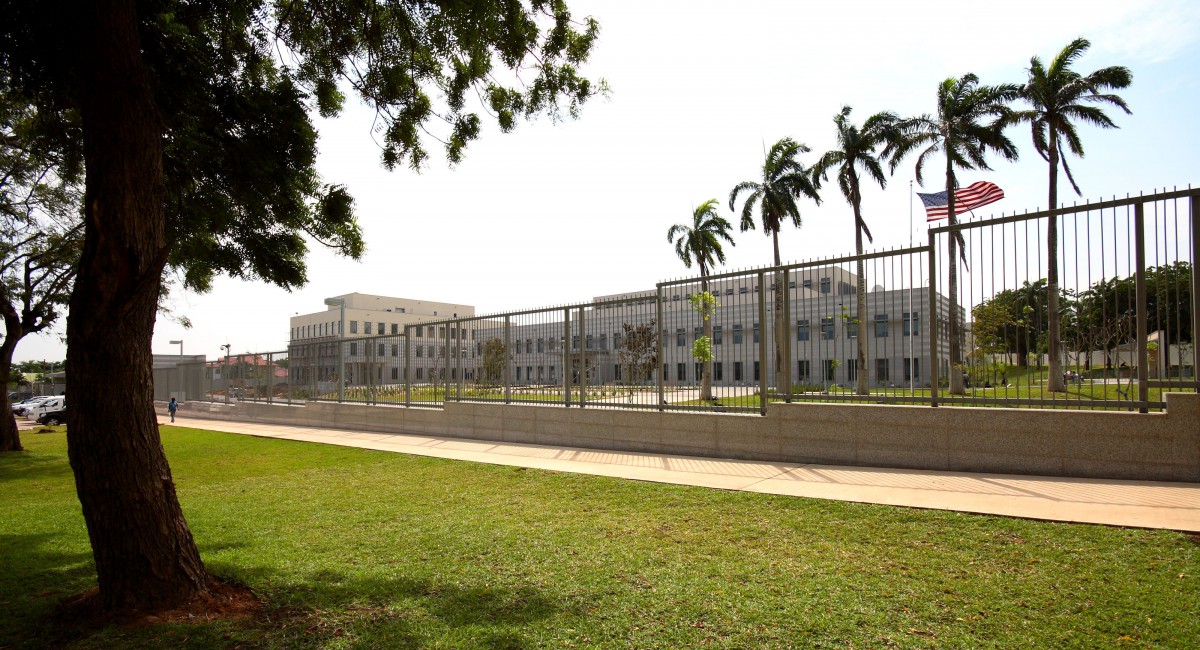By Abdiyare Salad Ali | Kampala, Uganda
In the sweltering heat of Jilib, a farming town in southern Somalia, 34-year-old Asha Ali sits outside her thatched hut, cradling her malnourished son.
“I walked for two days to reach a clinic,” she says, her voice weary. “But they told me there were no medicines. Here, we just pray to survive.”
Asha’s experience reflects the bleak daily reality for millions living under Al-Shabaab, the extremist group that continues to control significant swathes of territory in Somalia’s Jubaland, Galmudug, and rural Shabelle regions.
Under its parallel administration, civilians face harsh restrictions, limited humanitarian access, and constant fear of violence or reprisal.
Failing Health System Behind Militant Lines
According to the World Health Organization, only 15% of health facilities in Al-Shabaab-controlled areas remain functional.
Government hospitals are absent, and humanitarian actors are frequently denied access or face direct threats.
“We try to help, but we have no equipment,” said Dr. Mohamed, who runs a clandestine rural clinic near Middle Shabelle.
“Sometimes we use herbs when we run out of medicine.” Vaccination campaigns are routinely suspended, leaving thousands of children vulnerable to outbreaks of preventable diseases like measles and polio.
Women in labor, children with acute malnutrition, and patients with chronic illnesses often face life-threatening delays just to receive basic care.
Aid Agencies Under Pressure
Humanitarian organizations operating in these regions walk a perilous line.
The UN Office for the Coordination of Humanitarian Affairs (OCHA) reported in 2024 that dozens of aid convoys were either blocked, looted, or taxed by militants.
“Every bag of food we deliver is at risk,” said one aid worker, who spoke on condition of anonymity for safety reasons.
“We sometimes spend hours negotiating just to reach the people who need help the most.”
As a result, nutrition programs have been drastically scaled back, and rural vaccination drives remain rare.
Al-Shabaab’s hostility toward international aid has severely undermined critical health and food relief efforts.
Daily Life Under Surveillance and Control
Al-Shabaab’s rule is marked not only by physical deprivation but by a climate of fear and repression.
Travel between towns requires written approval from the group’s local administration. Girls’ education is heavily restricted, and dissent is met with swift and brutal punishment.
“In our village, if you question the militants, they accuse you of spying,” said a community elder in Lower Juba. “People disappear overnight.”
Young men are pressured into joining militant ranks, while women and girls face the threat of forced marriage and sexual violence.
Farmers are required to surrender a portion of their harvest as “zakat” – a tax collected by the group – leaving families with barely enough to survive.
Humanitarian and Mental Health Crisis
Somalia is in the grip of a worsening food crisis.
The UN estimates that 3.5 million people are acutely food insecure, with many living in militant-controlled regions.
Market restrictions and inflation have driven up the prices of staple foods like maize and rice, tripling since 2022.
Beyond the physical toll, the psychological impact is profound.
Teachers report widespread trauma among children who have witnessed violence or lost family members. Community elders speak of a generation growing up knowing only fear and hardship.
A Fragile Hope
As Somali federal forces, backed by African Union troops, continue operations to reclaim territory, humanitarian organizations stress the urgent need for safe and sustained access to newly liberated areas.
The road to recovery is long, but essential: restoring healthcare, education, and mental health support will be critical to rebuilding shattered communities.
“All we want,” Asha says quietly, “is for our children to grow up without fear.”
Editor’s Note: This article is based on interviews and field reports from affected regions. Names have been changed in some cases for the protection of sources.


